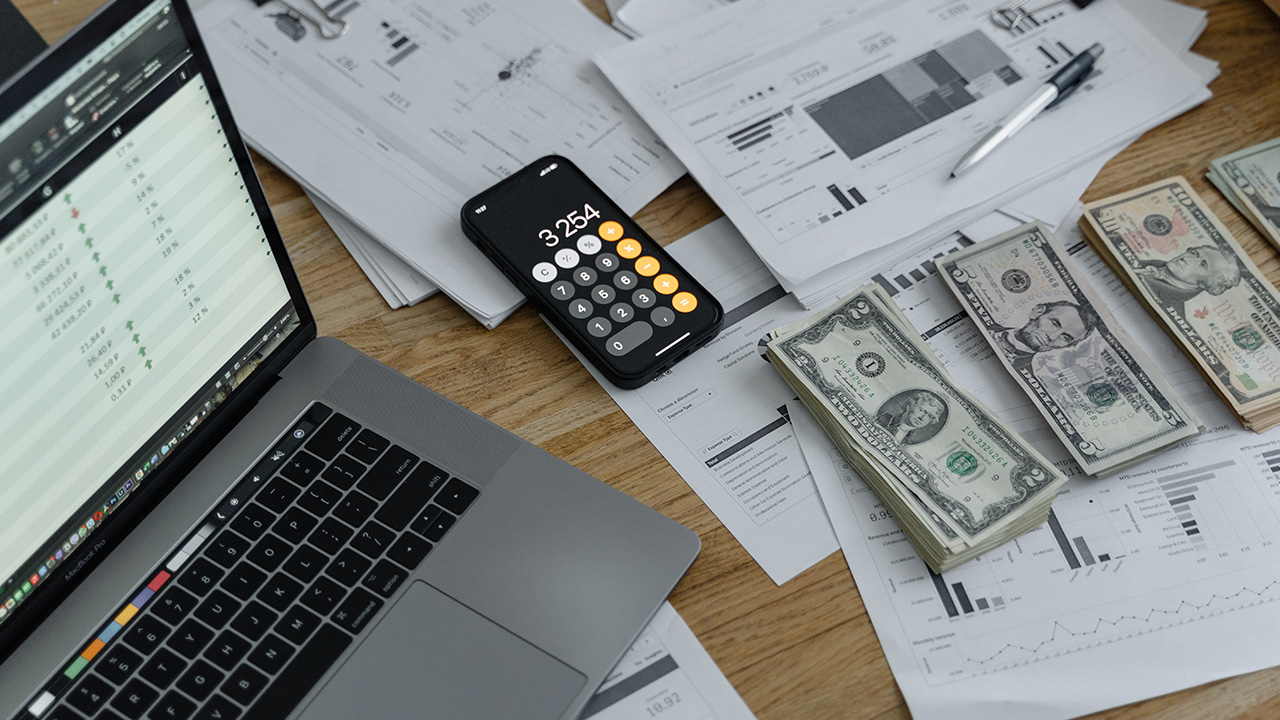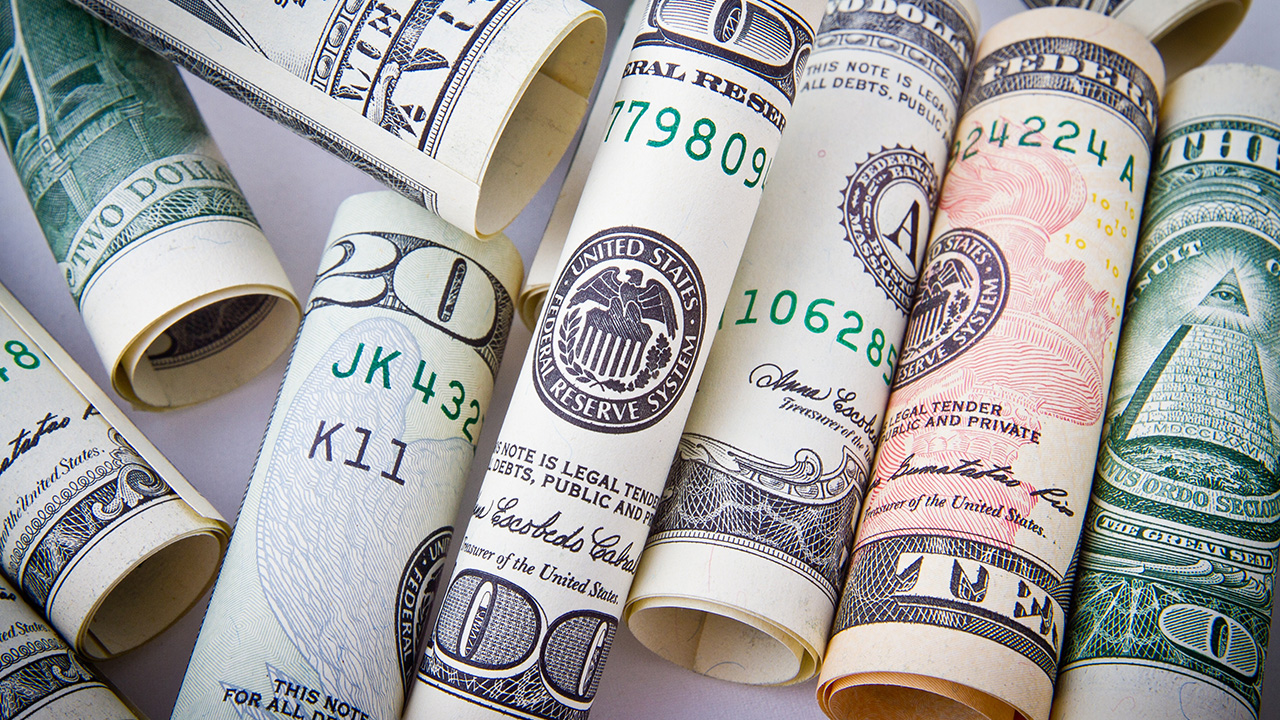What are Bonds, and Should I Invest in Them?
It’s no secret that there are many ways to invest and build a diverse financial portfolio. While all investments carry risk, some, such as bond investments, are safer than others.
What are bond investments? We’ll discuss what they are, the types of investment bonds, and the best bonds to invest in. Finally, we’ll examine the nitty gritty of calculating the return and the benefits of fixed-income security.
What are Bonds?
The short answer to “What are bond investments?” is that they are essentially like an IOU. Bonds are a way for governments, municipalities, or corporations to raise money. Investors purchase bonds, which have a specific lifetime, and in return, they receive interest payments until the bond matures. When the bond matures, investors get their initial investment back.
You might be surprised to know that bonds have been around for a very long time. Archaeologists discovered the first recorded bond, dating back to 2400 BC, in what is now present-day Iraq. The details that were etched in a stone told the story of a borrower who guaranteed they would repay the grain they had borrowed and that they had the surety to back up the debt.
Fast forward to the Revolutionary War in 1775, and we discover the U.S. government issued its first bonds to raise money for the war effort. Private individuals bought an impressive $27 million in bonds to finance this war.
Today, bonds are more sophisticated, but the basic premise remains the same.
Different Types of Bonds
There are several different types of investment bonds and they help to diversify financial portfolios. Understand that when you buy a bond, you are loaning cash instead of buying a stake (equity) in a company.
Let’s take a look at six of the best bonds to invest in.
1. U.S. Government Bonds and Securities:
One of the benefits of U.S. government bonds is that they are considered among the safer investments because the government pays back bondholders even in the face of wars, inflation, or a poor economy. Government bonds are exempt from State and local taxes and can be purchased for as little as $100.
The U.S. Treasury sells Treasury notes, bonds, and bills. The notes are fixed-income securities that mature at two, three, five, seven, and 10 years. Bonds or T-bonds, have an eye on the long term with terms from 10 to 30 years. And bills carry no interest and mature anywhere from several days to 52 weeks.
2. Municipal Bonds (munis)
Public infrastructures like schools and roads are large expenditures, and one way for municipalities to raise that money is through municipal bonds. Though they are a bit riskier than U.S. government bonds, one of the advantages of bonds from municipalities is that they typically have higher yields.
Munis offer federal tax breaks on earned interest and investors may also enjoy State and local tax exemptions. The minimum purchase amount for these bonds is usually $5,000 and transactions are completed through a broker.
3. International and Emerging Markets Bonds
The United States isn’t the only government entity to issue bonds, and if you are considering the best bonds to invest in, you might want to look to the international market. There are emerging bonds that have varying interest rates and maturity dates. An important point to consider is the credit quality of this international market.
There is no international bond regulator, so one of the challenges of these types of investment bonds is the amount of information that is available to investors. Political and economic instability can affect bond repayment so it’s wise to consider the international risk profile.
4. Corporate Bonds
Corporate bonds come with varying interest rates, maturity rates, and credit quality. Your risk lies in how creditworthy a corporation is and unlike government bonds, corporate bonds are affected by inflation and tax hikes.
One of the benefits of bonds from corporations is that they are less volatile than stocks and if a corporation goes bankrupt, their assets are liquidated and bond investors will be more likely to receive at least part of their investment back than their stockholder counterparts.
Corporate bonds are either graded investments or non-graded investments, also known as junk bonds. These junk bonds are a high-risk, high-reward investment.
5. Bond ETFs
Bond ETFs, or exchange traded funds, are a bundle of investments that track and trade bonds, bond indexes, and other fixed-income investments. When you buy a bond ETF, you are purchasing a share of the fund. The benefits of bonds in this category are diversification of your portfolio and security.
6. Green Bonds
Socially conscious investors may find that green bonds are among the best bonds to invest in. These bonds help to finance sustainable projects, environmental initiatives, and green energy around the world.
Green bonds are issued by governments, organizations, and corporations and are fixed-income investments that offer tax incentives.
What are Bond Yields?
Now is a good time to discuss what investors can expect as a return on their investment, or in other words, “What are bond yields?”
The return on your investment in a bond is called the yield. One vital point to grasp is that the price of a bond and its yield have an inverse relationship. When the price of a bond goes up, the yield goes down, and vice versa.
The two critical and basic bond concepts have to do with coupon yield and current yield. Coupon yield is the annual interest rate established when the bond is issued that does not change during the lifetime of the bond. Current yield is the coupon yield divided by its current market price. The current yield is a consideration if you sell your bond before its maturity.
There are three other terms you should familiarize yourself with. These are:
- Yield to maturity (YTM): The interest rate earned when a bond is purchased and held to maturity. The YTM is based on the assumption that payments have been made on time and doesn’t account for taxes or brokerage costs.
- Yield to call (YTC): Calculated similarly to the YTM except that a call date and call price are plugged into the calculation. It looks at the investment return if the bond is sold before its maturity.
- Yield to Worst (YTW): Refers to whichever of a bond’s YTM or YTC is lower. The YTW is the most conservative return a bond will yield.
Let’s say that you’ve held a $1,000 bond for three years and have seen a $145 return. A simple calculation shows that your total return is 14.5% or a 4.83% annual return.
When working out your return, be sure to account for annual inflation. Subtracting the inflation rate from your percent return will give you your real rate of return. Take the value of your mature bond (or when you sold it) and add all coupons and compounded interest. Subtract any taxes, fees, or commissions.
Next, take this amount and subtract your original investment amount. The result is your total loss or total gain on your bond investment. If you want to see this figure as a percentage, divide this number by the beginning value of your investment and multiply by 100.
Are Bonds Fixed Income?
In discussions about investing and bonds, a common question is, “Are bonds fixed income?” And the answer is that bonds are the most common type of fixed-income security that provide fixed periodic interest payments and the return of the principal investment once the bond matures.
There is no one answer to “what is bond price” because it increases and decreases but the advantage of bonds is that they are considered to be among the safer investments. U.S. Treasury bonds are guaranteed - the government pays on their debts - and corporate bondholders are repaid before stockholders if a company goes bankrupt.

Connect Invest Short Notes - Another Fixed-Income Solution
Connect Invest offers another fixed-income solution for investors looking to diversify their portfolios. Through short notes, which fund collateral-backed loans, you can invest in real estate debt securities that fund various residential and commercial real estate projects.
Our short notes have terms ranging from 6, 12, and 24 months. Unlike bonds, short notes aren’t traded publicly and therefore don’t have a “price.” You earn high-yielding fixed-rate passive income and when the note matures you have the option of re-investing.
It takes only minutes to set up your Connect Invest account and create a digital wallet. The minimum investment is as low as $500, with no additional fees, and you control the projects you choose. Connect Invest’s model can offer returns that are greater than most traditional bank products.
If you’re ready to invest, start here. Our team is standing by and happy to answer any questions that you might have!

